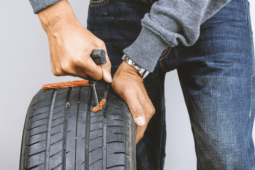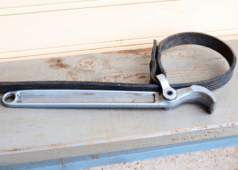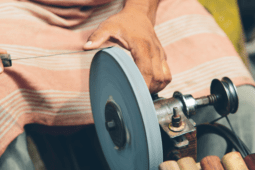How to Unscrew a Tight Screw and Deal with Stubborn Fasteners
When getting into a DIY and home improvement project, encountering a tight screw that refuses to budge is a common frustration that can bring progress to a grinding halt. But fear not, for there are several tried-and-true methods to tackle this challenge head-on, ensuring that your work continues smoothly. Let’s get into the various techniques you can employ to unscrew a tight screw, making your DIY endeavors less daunting and more enjoyable.
Why Do Screws Become Stuck
Before we get into the solutions, it’s important to understand why screws get stuck in the first place. Various factors contribute to this issue, including rust and corrosion, paint buildup, or the screw being overtightened during initial installation.
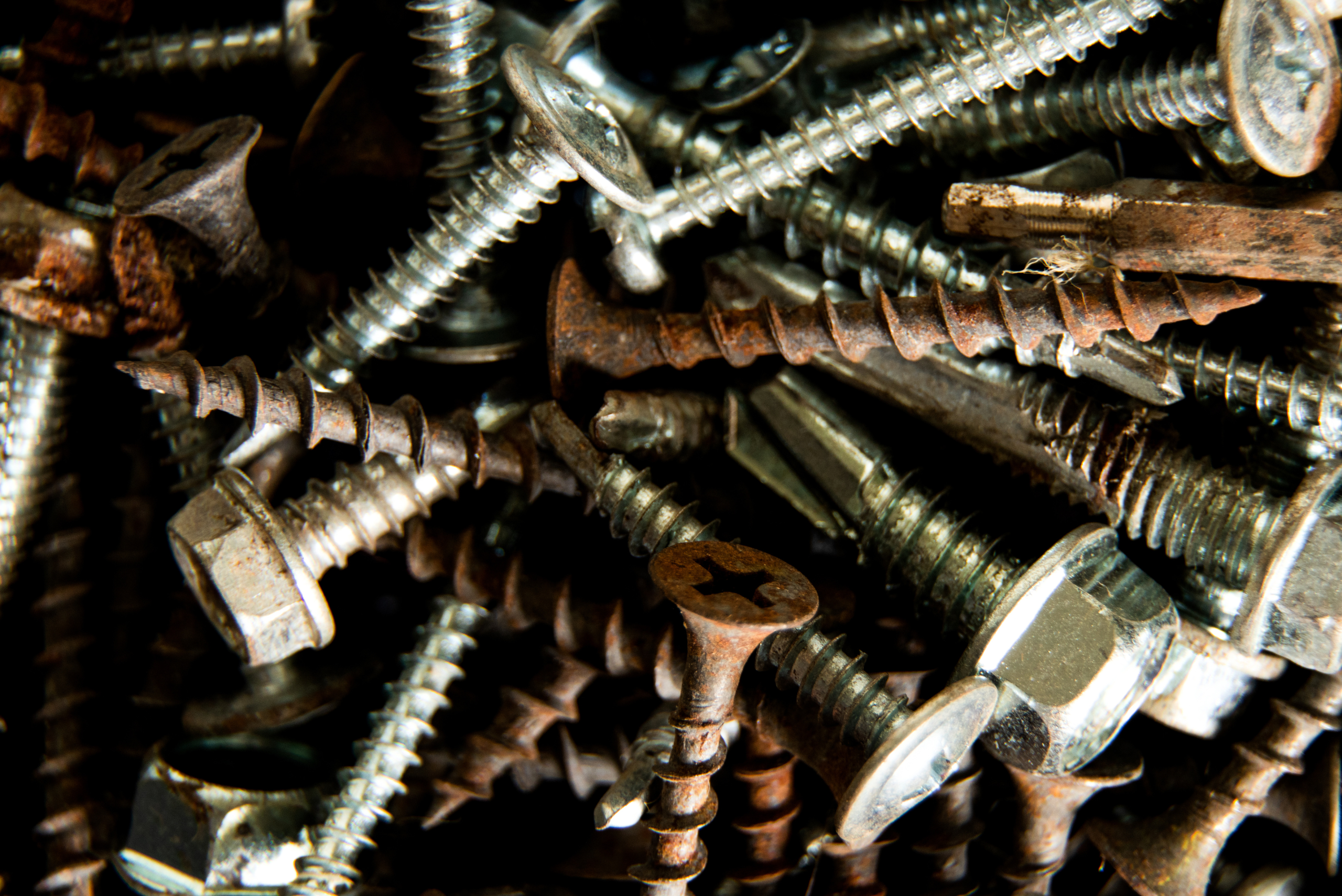
Recognizing the cause can help you choose the most effective method for loosening the screw. For instance, if rust is the culprit, using a penetrating oil might be your best bet. This foundational knowledge not only aids in solving the current problem but also equips you with the insight to prevent similar issues in the future.
The Magic of Penetrating Oils and Lubricants
When faced with a tight screw, your first course of action should be to apply a penetrating oil or lubricant. This simple yet effective approach can work wonders, especially if the screw is bound by rust or corrosion. Apply the oil around the screw head and let it sit for several minutes to several hours, depending on the severity of the situation.
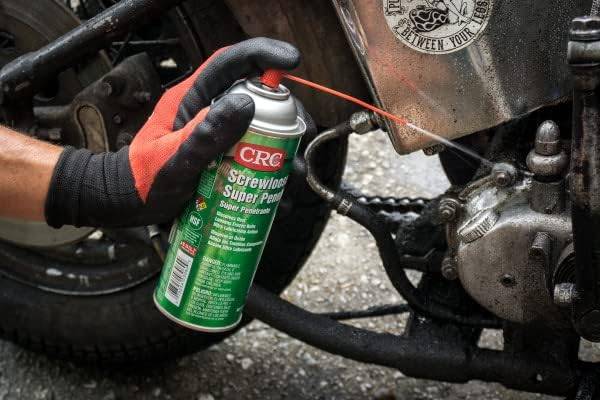
The oil works its way into the threads, breaking down rust and reducing friction, making it significantly easier to turn the screw. While there are many commercial options available, household items like vinegar or even cola can sometimes serve as makeshift rust dissolvers.
Leveraging the Right Tools – Impact Drivers and Screw Extractors
If penetrating oil doesn’t do the trick, it might be time to bring out the heavier artillery. Impact drivers are powerful tools that can provide the necessary torque to loosen stubborn screws. Their sudden, rotational force can jolt the screw free, overcoming the resistance that manual screwdrivers might not be able to handle.
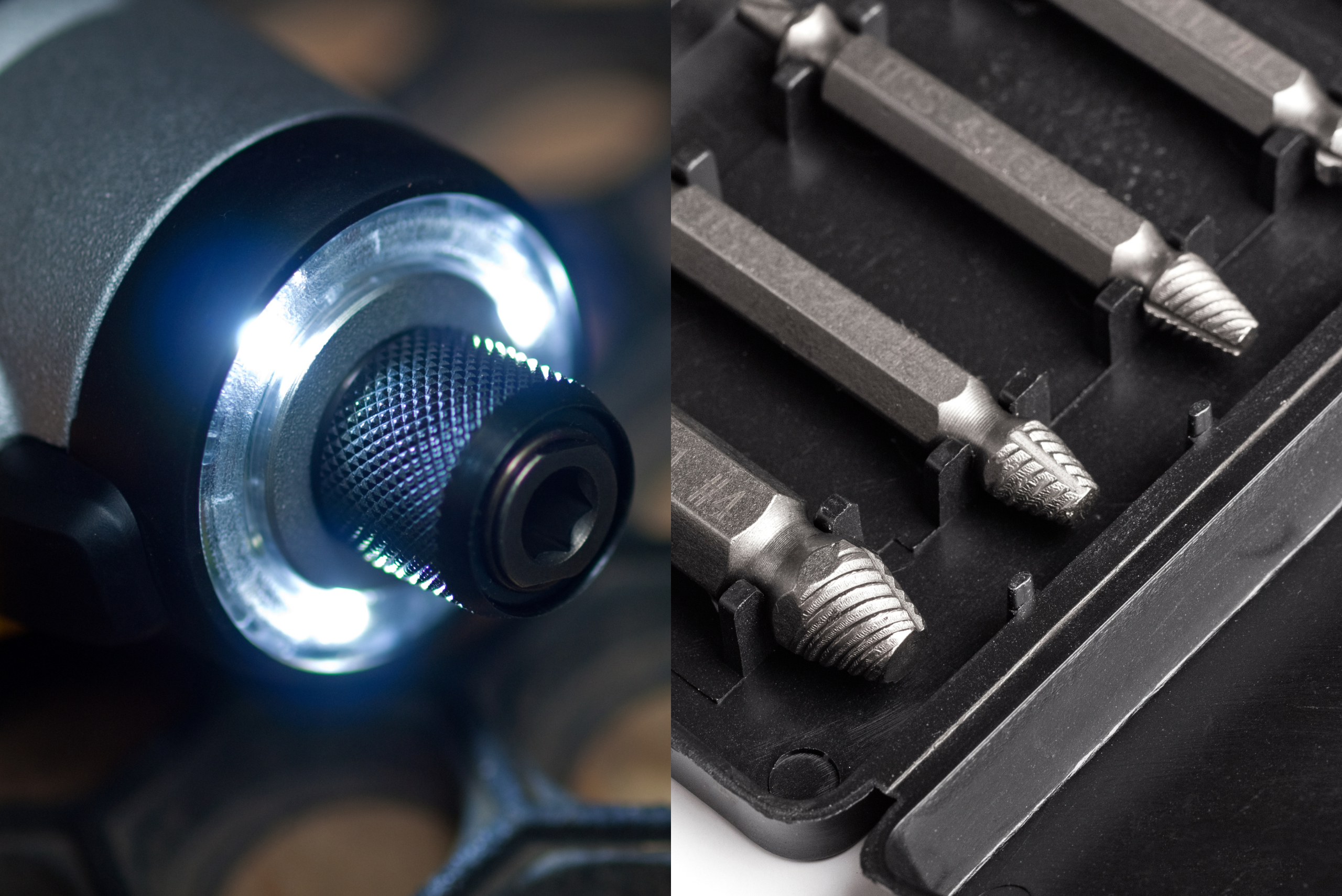
For screws that are stripped or severely damaged, a screw extractor can be a lifesaver. These specialized tools grip onto the damaged head, allowing you to unscrew it with ease. It’s important, however, to use these tools with caution to avoid causing further damage to the screw or the surrounding material.
The Role of Heat and Expansion For Tight Screw Revmoal
An often-overlooked method for loosening a tight screw involves the use of heat. By applying a soldering iron or a heat gun to the screw, you expand the metal slightly. This expansion can break the bond formed by rust or paint, making the screw easier to turn.
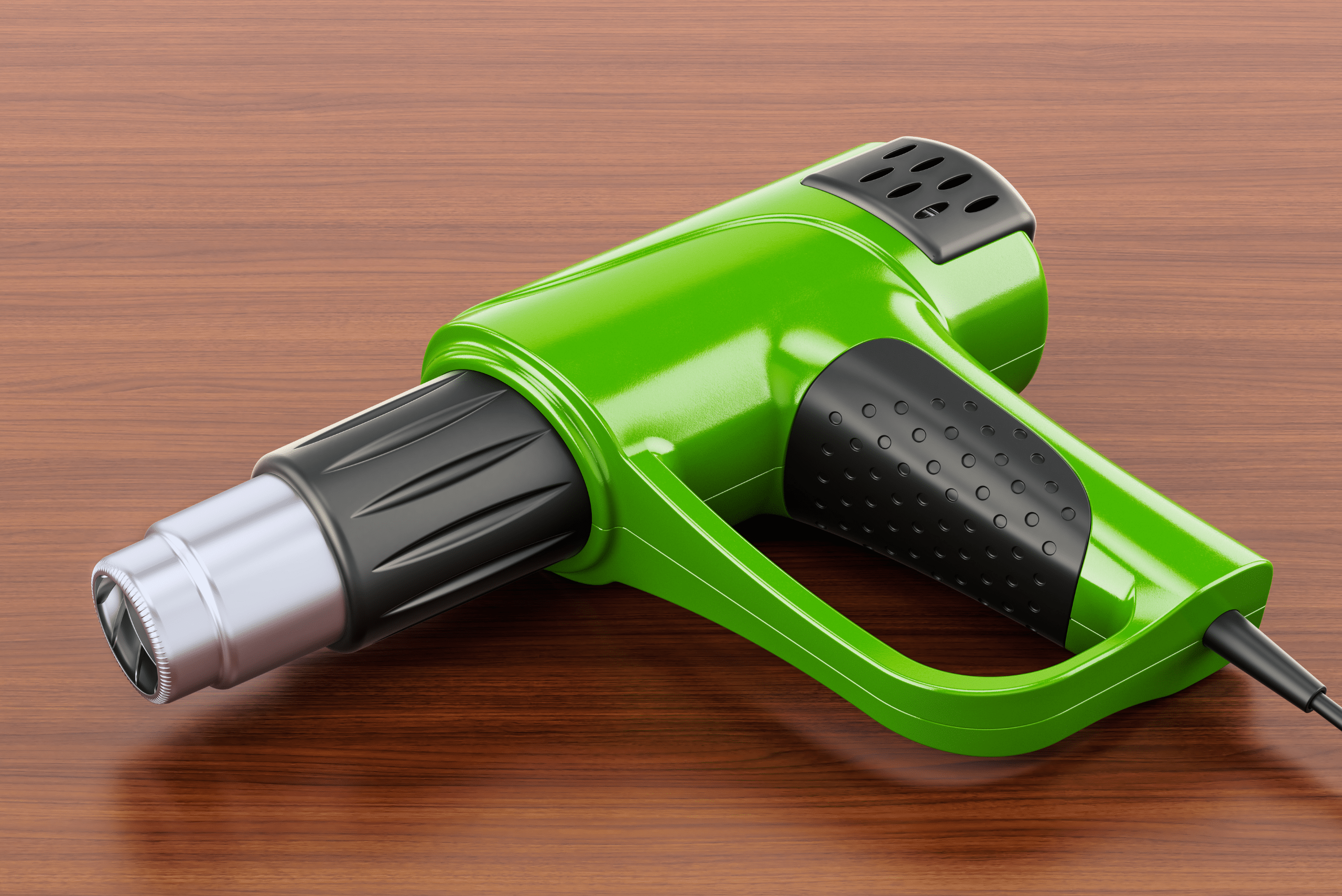
It’s a delicate process that requires patience and a steady hand, as too much heat can damage the material around the screw. Nonetheless, when done correctly, it’s an incredibly effective technique that can save you a lot of frustration.
Tips for Avoiding Stuck Screws to Prevent Future Frustrations
Finally, prevention is always better than cure. To avoid the headache of dealing with stuck screws in the future, there are several measures you can take. Always clean and dry the area before inserting a screw to prevent rust and corrosion.

Applying a small amount of lubricant or anti-seize compound for metal connections can also help. Additionally, be mindful not to overtighten screws during installation, as this can make them more difficult to remove later on.
Related Articles:
- Top 10 Must-Have Screws for Every Project
- How to Tighten a Loose Doorknob
- ManMade Essentials: When to Use Nails vs Screws
Encountering a tight screw can be a significant obstacle in your DIY projects, but there are numerous strategies at your disposal to overcome it. From the judicious use of penetrating oils and the right tools to innovative techniques like applying heat, you can tackle this challenge head-on. So the next time you find yourself staring down a stubborn screw, remember these tips and approach the problem with confidence. Your DIY projects will thank you for it.



